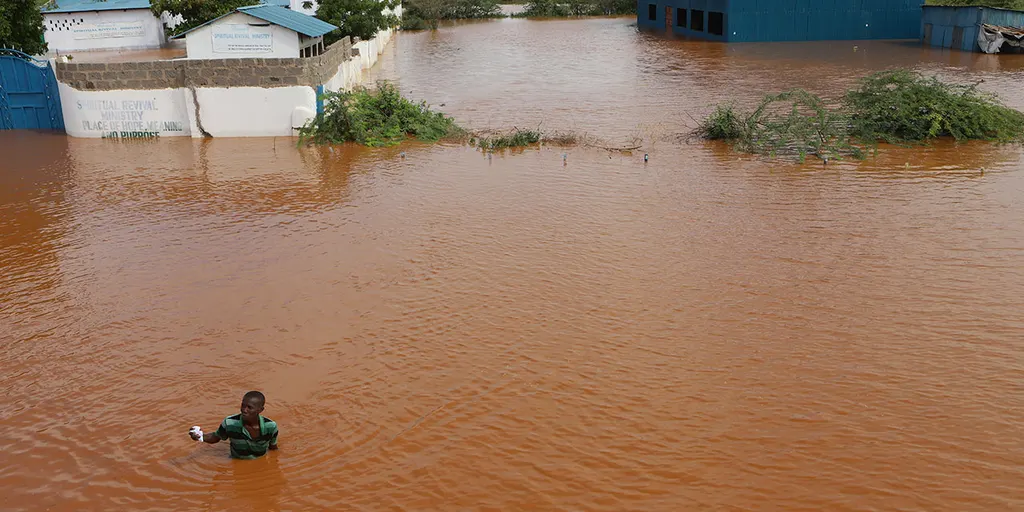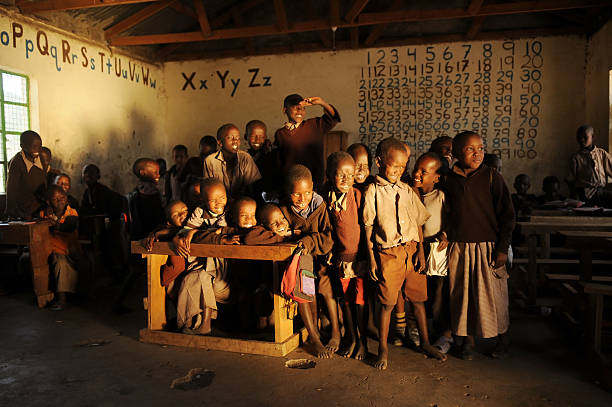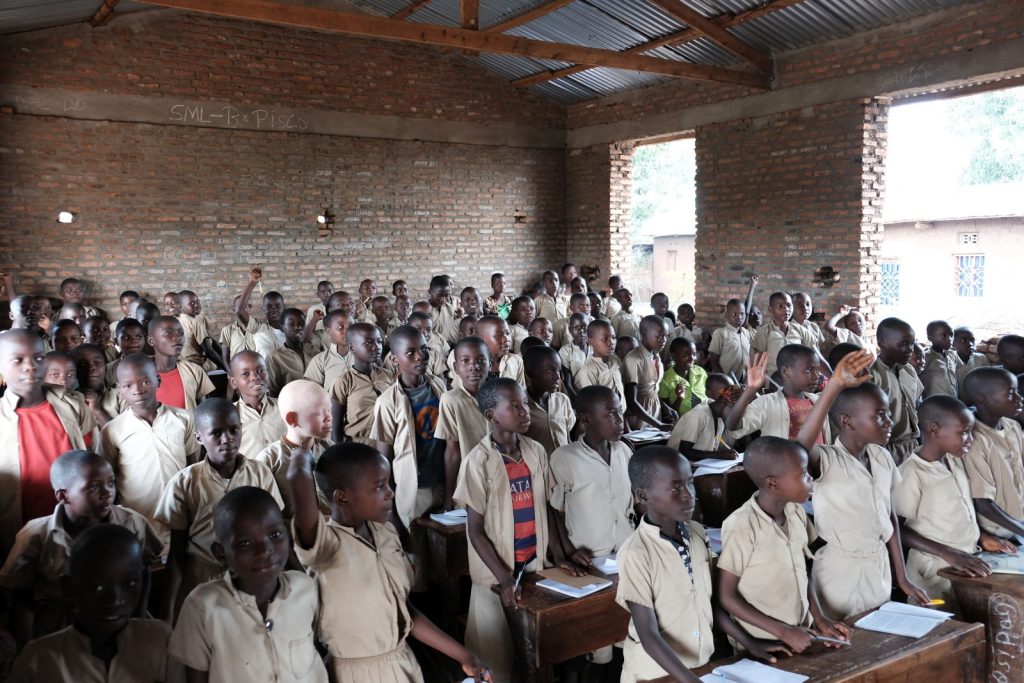As communities grapple with the aftermath of devastating floods, the question of reopening schools looms large on the horizon. For many students, educators, and parents, the prospect of returning to the classroom amidst the crisis and uncertainty wrought by natural disasters can be daunting. In this article, we examine the complex considerations involved in reopening schools amid ongoing flood chaos, exploring the challenges, potential solutions, and the paramount importance of prioritizing safety and well-being.
Before reopening schools, it is crucial to conduct a comprehensive assessment of infrastructure damage caused by the floods. Buildings may have sustained structural damage, electrical and plumbing systems may be compromised, and classrooms and facilities may be inundated with water or debris. Assessing the extent of the damage is essential for determining whether schools can safely accommodate students and staff.

The psychological toll of natural disasters can be profound, particularly for children who may have experienced trauma or loss. Schools play a crucial role in providing emotional support and mental health services to students and staff during times of crisis. Reopening schools presents an opportunity to create a safe and supportive environment where students can process their emotions, receive counseling if needed, and rebuild a sense of normalcy amidst this crisis

In light of ongoing disruptions caused by floods, schools may need to adopt flexible learning models to accommodate changing circumstances. This could include hybrid learning approaches that combine in-person instruction with remote learning options, allowing for greater flexibility and resilience in the face of future disruptions. Embracing technology and digital resources can also help bridge the gap between traditional and remote learning environments.

Reopening schools amid ongoing flood chaos is a daunting task fraught with challenges, but it is also a beacon of hope in the midst of darkness. By prioritizing safety, addressing trauma, and fostering resilience, we can create a path forward for students, educators, and communities to rebuild and thrive in the aftermath of disaster. As we navigate the waters ahead, let us remember that education is not just about academics—it is about resilience, compassion, and the unwavering belief in the power of community to overcome adversity.

We inspire students to aim high, encouraging them to excel academically and reach for the stars without limits.
Reopening schools is not just about academic instruction; it is about fostering community resilience and rebuilding social cohesion in the wake of disaster. Schools can serve as hubs for community engagement, providing resources, support services, and a sense of belonging for students, families, and neighbors. By coming together as a community, we can weather the storm and emerge stronger on the other side.
